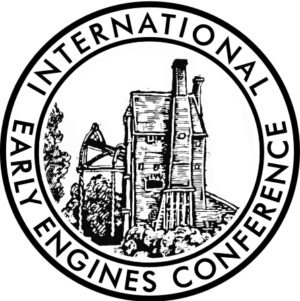Early Pumping Engines in the Attercliffe-Darnall-Orgreave Coalfield and the role of John Curr
Hunter, John, Early Pumping Engines in the Attercliffe-Darnall-Orgreave Coalfield and the role of John Curr, Transactions of the 2nd International Early Engines Conference, Volume 1, IEEC & ISSES, 2021 [ISBN: 9781872986241], pp.54-76
https://doi.org/10.54267/IEEC2-1-03
By the mid-1700s, Attercliffe had a developed into a major industrial centre, specialising in steelmaking, and distinct from the town of Sheffield. It also had its own coalfield, which included the Barnsley Coal, valued for its steel-melting coke. The first ‘engine-drained’ coal pit at Attercliffe opened in 1747, close to the River Don and the Sheffield road. It was succeeded by a sequence of further collieries, each following the crop of the Barnsley Coal progressively eastwards towards Orgreave. Development of underground workings by separate, competing partnerships was uncoordinated, and all the collieries faced a constant struggle with inflowing water, including leakage between properties through failed barriers. Nine Newcomen-type pumping engines were eventually erected in this small coalfield during the remainder of the eighteenth century, two of which were also fitted with flywheels for coal-winding. A further four engines, of presumed Newcomen-type, were also erected for winding only. Four of the pumping engines were designed by John Curr, including the Greenland engine, which is described in detail in his book. He also designed and manufactured one of the winding engines.
For access see Volume 1 of the Transactions of the 2nd International Early Engines Conference
